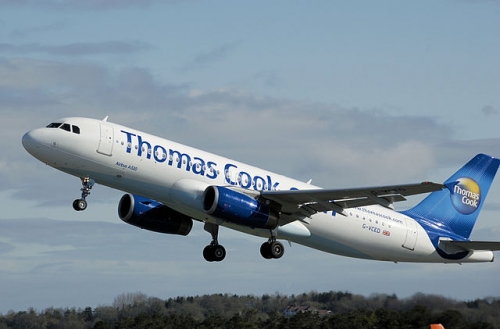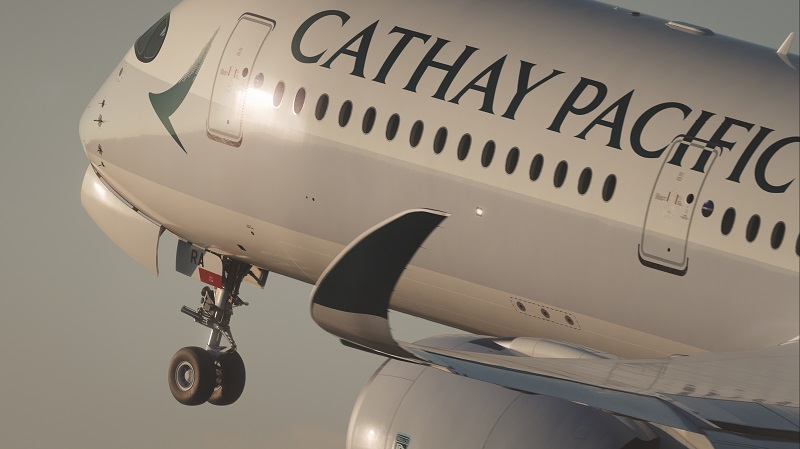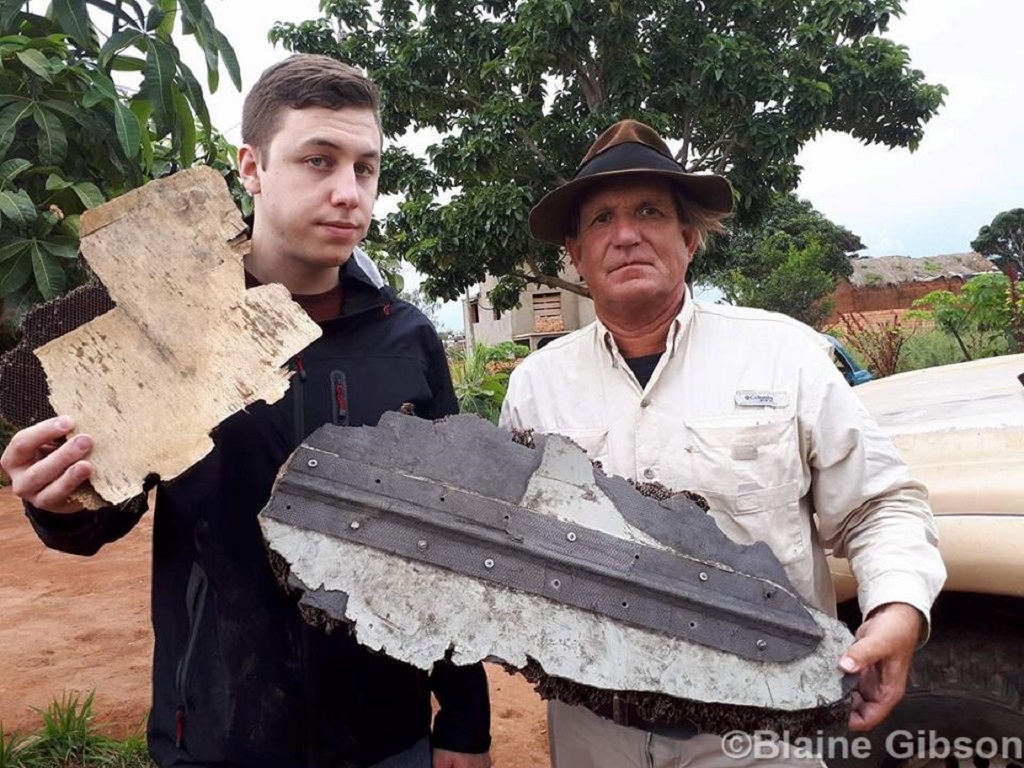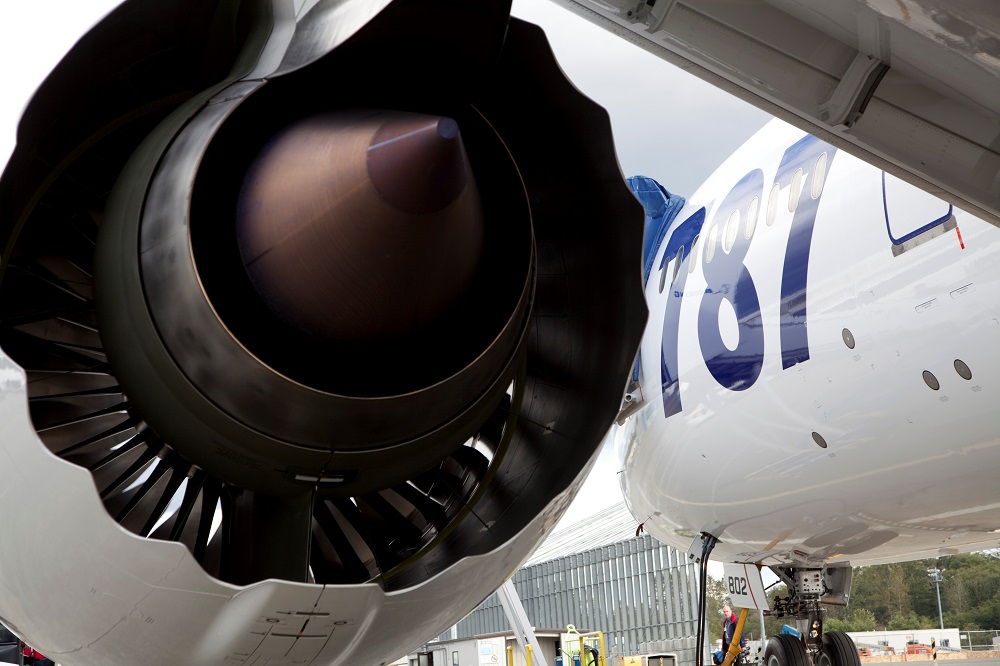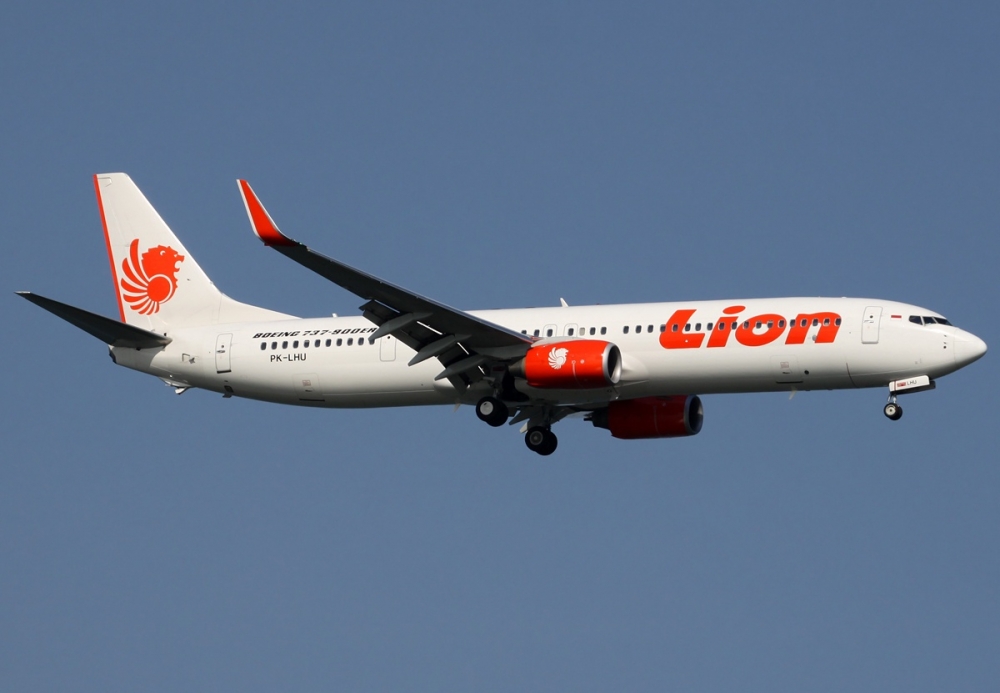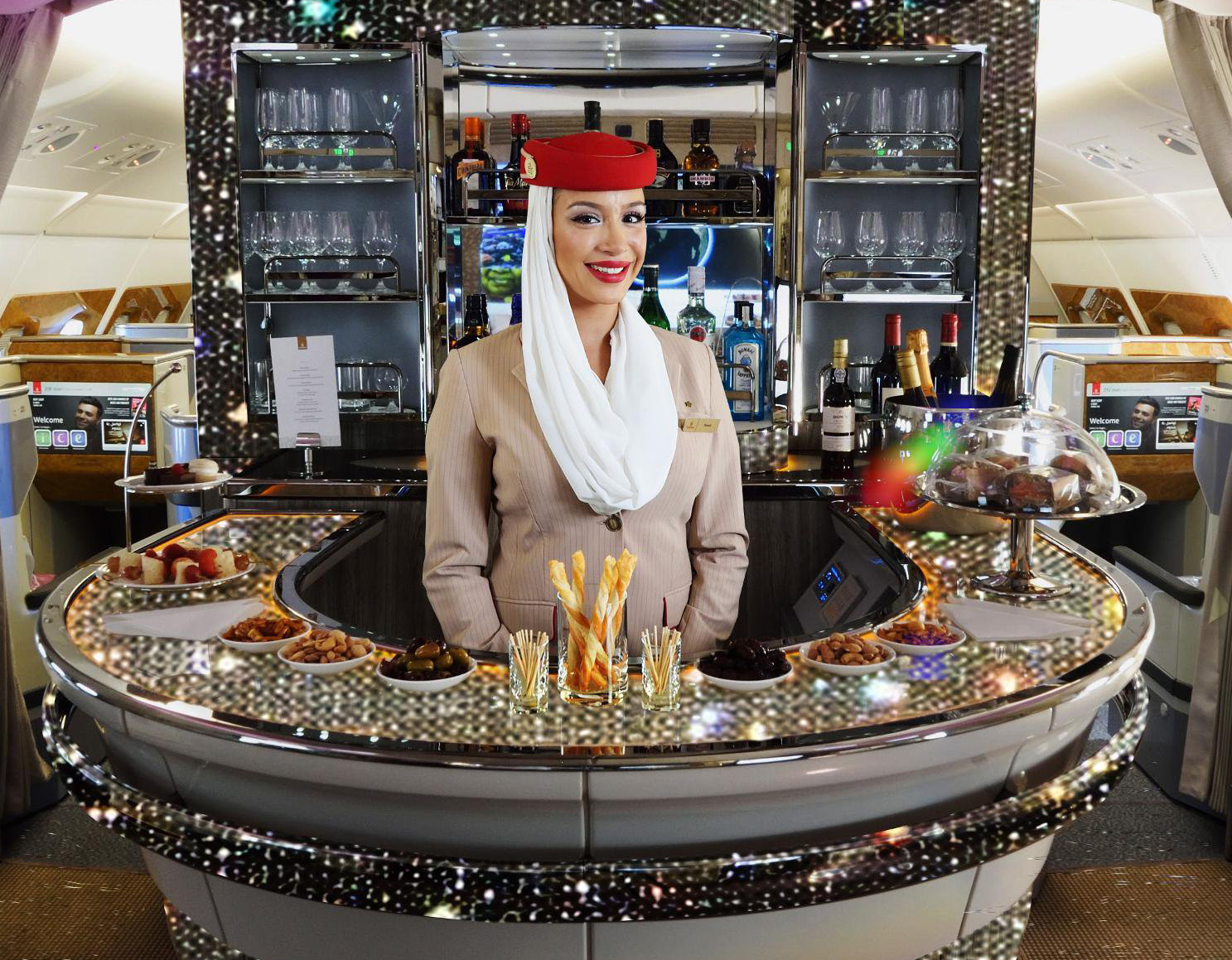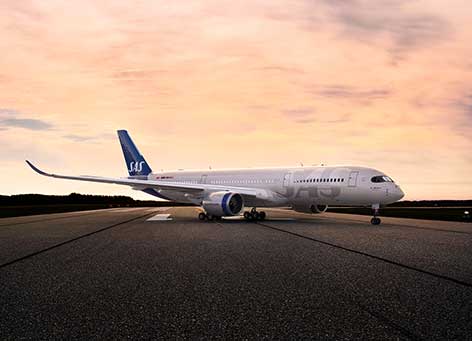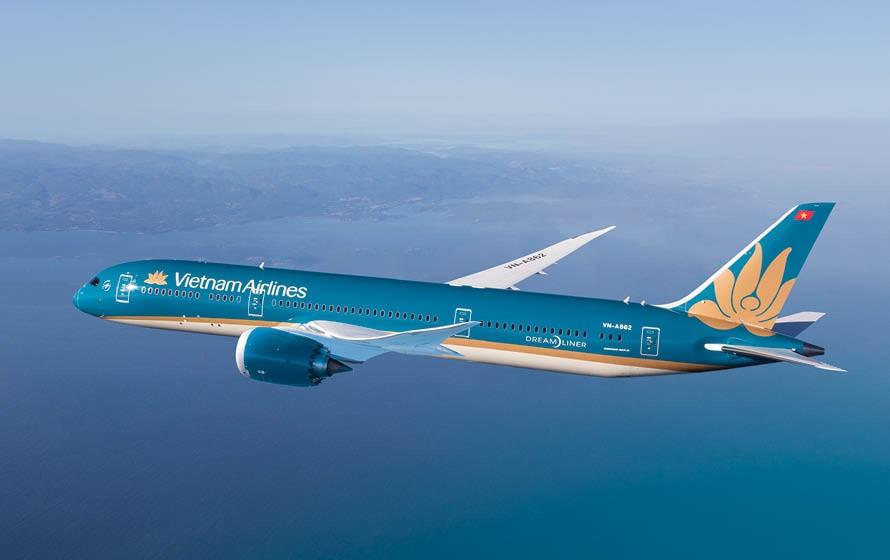An emergency fleet of aircraft is being organized to rescue more than 150,000 stranded holidaymakers after the sudden collapse of the world’s oldest travel company, Thomas Cook.
The company operates more than 100 passenger jets and announced early Monday that it had gone into administration after the failure of last-minute talks.
It served destinations ranging from Europe to North Africa, the Middle East, the US and Caribbean.
READ: Low oxygen bottles prompt Cathay to upgrade security, inform police.
Also affected are almost 22,000 jobs worldwide, including 9,000 in the UK.
A statement on the CAA’s website said the company had ceased trading and all flights were canceled.
It said it was organizing a repatriation program for the stranded customers, dubbed Operation Matterhorn, to operate over the next two weeks.
The number of stranded passengers is almost twice the number involved in the previous biggest peacetime repatriation program after the 2017 collapse of Monarch Airlines.
“News of Thomas Cook’s collapse is deeply saddening for the company’s employees and customers, and we appreciate that more than 150,000 people currently abroad will be anxious about how they will now return to the UK,’’ said UK CAA chief executive Richard Moriarity.
“The government has asked us to support Thomas Cook customers on what is the UK’s largest-ever peacetime repatriation.
“We have launched, at very short notice, what is effectively one of the UK’s largest airlines, involving a fleet of aircraft secured from around the world.
“ The nature and scale of the operation means that unfortunately some disruption will be inevitable. We ask customers to bear with us as we work around the clock to bring them home.”
The Guardian newspaper reported that it understood airlines including British Airways and easyJet would be involved in the airlift.
The aviation authority warned customers in the UK who had not yet traveled not to go to the airport and others to continue their holiday.
It said it would endeavor to get people home as close as possible to their planned dates but warned some disruption was inevitable.
“Passengers in a small number of destinations may return on alternative commercial flights, rather than directly through the Civil Aviation Authority’s flying program,” it added.
Details of the repatriation program are available on a dedicated website, http://thomascook.caa.co.uk/. The high volume of traffic on the website meant it had crashed at the time this story had published.
The death of the ailing 178-year old company came after lengthy talks to broker a deal to save it.
The company had secured a £900m ($US1.12m) rescue deal led by major shareholder Fosun in August but was unable to meet a recent demand from bankers to raise a further £200m in contingency funding.
Thomas Cook chief executive Peter Frankhauser said in a statement that management had worked exhaustively in the past few days to resolve the outstanding issues.
“Although a deal had been largely agreed, an additional facility requested in the last few days of negotiations presented a challenge that ultimately proved insurmountable,” he said
“It is a matter of profound regret to me and the rest of the board that we were not successful,” he said.
“I would like to apologize to our millions of customers, and thousands of employees, suppliers and partners who have supported us for many years.”
Passengers with future Thomas Cook packaged holidays will be able to reclaim a refund through the UK’s ATOL financial protection scheme.
Passengers currently overseas may also make claims for the cost of replacing ATOL protected parts of their trip, or for out of pocket expenses as a result of delayed flights home.
The BBC said CAA staff had been contacting hotels accommodating packaged holiday customers to tell them the cost of their accommodation would be covered by ATOL.
The Civil Aviation Authority said it would be launching a service to manage all refunds by September 30, “once the flying operation has progressed”.
“This refunds service will seek to process all refunds within 60 days of full information being received,” it said.
The business was founded by cabinet-maker Thomas Cook in 1841 to provide working-class people in Leicestershire local excursions that provided educational excursions as an alternative to drinking.















